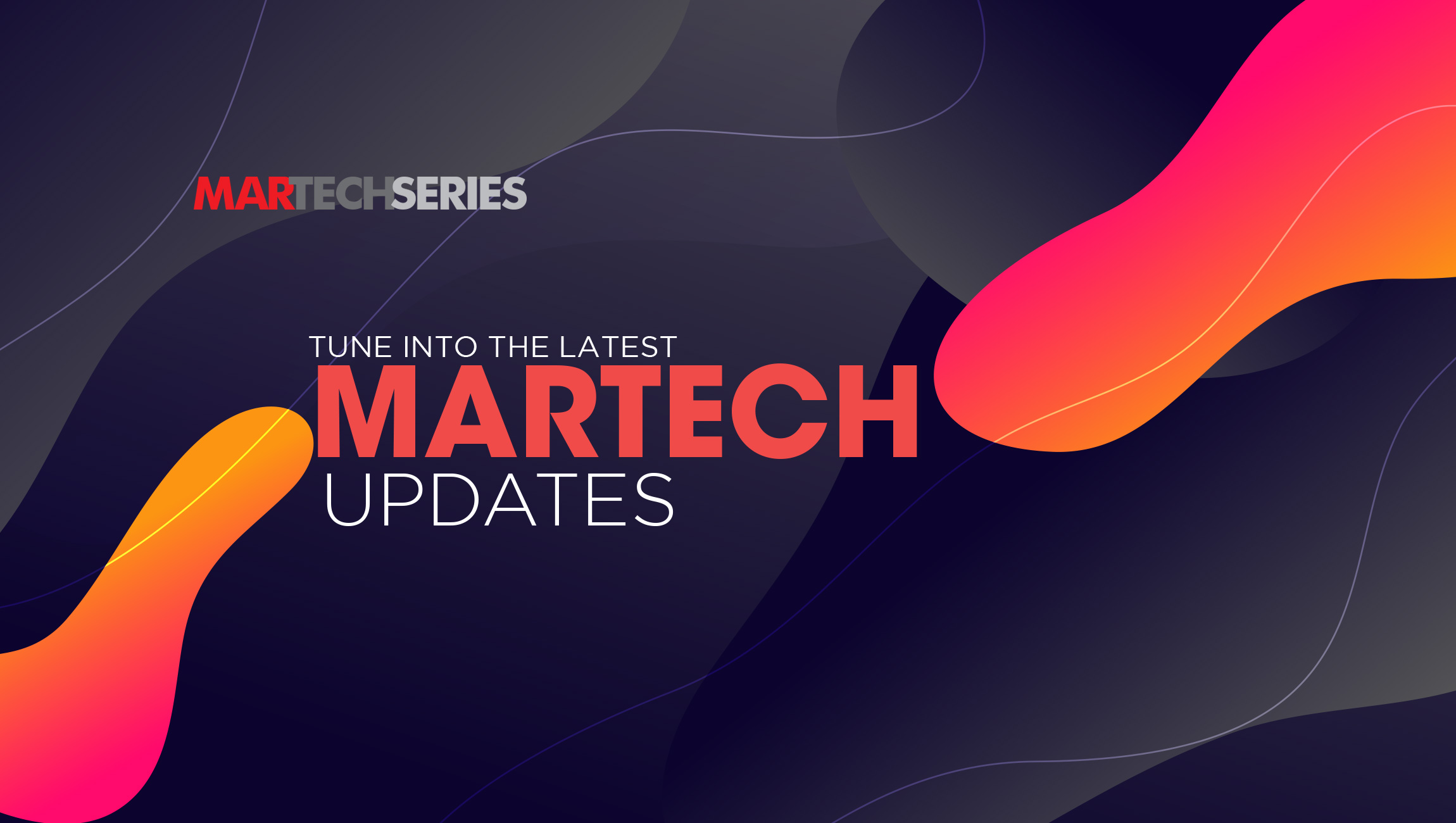As an enterprise leader, you are busier than ever, ramping up your sales and marketing machinery to reach the right customers at the right times — with the right messages and offers. The central business tenets of customer acquisition, retention, upsell, cross-sell, etc. remain the same; but the ways of driving those tenets (read: KPIs) have evolved. With emerging technologies, advanced skills and constant change in customers’ behaviors and preferences, the organizations that are thriving today are the ones that are continually adapting to these shifts.
Industry practitioners have been talking about these shifts in technology, skills and customer behavior for a while; but as we enter 2020, the “social chatter” around these shifts has been further amplified. So, how can the enterprise address the challenges of hyper-personalization, while continuing to offer an omnichannel experience, ensuring brand relevancy in 2020?
Why does this matter now?
Every enterprise is challenged by having a true understanding of their customers and knowing which action(s) to take with them next. The larger the enterprise, the larger the challenge. Your marketing and sales teams should be talking about these topics within planning their objectives and key results (OKRs) for 2020.
The common theme across the above challenges is ‘driving customer engagement at scale’, which was a far-fetched idea in the past, but is now achievable, thanks to recent shifts in technology and skills. So, what factors have pushed these challenges into the mainstream?
Let’s look at a few of the key drivers for this change.
- Firstly, the volume, velocity, and variety (3Vs) of data continue to grow each second. Customer data at large enterprises, like yours, gives you a unique opportunity to analyze and monetize your ERP, transactions, telemetry, marketing, surveys, blogs and macroeconomic.
- The scale at which most enterprises operate is greater now. With more channels to reach customers and more targeted personas to look after. We live in the ‘age of the customer’; when your customers use multiple channels to interact with your brand, spend more, and have access to more information about you, than ever before. It is also a time when your customers are two swipes away from a list of reasons why they should switch to your competitor.
- AI goes mainstream, bolstered by the computing power of the cloud, offers enhanced analytical capabilities to measure every customer’s engagement with your brand and products. The rise of advanced algorithms and tools has also made segmenting customers and sending them relevant messages and offers to further drive engagement possible. AI can make sense of all of this, providing deep insights into which customers want to buy what and what inventory should be sold to which customers.
- Marketing technology spend has gone up in the enterprise. As reported by Gartner, Martech now accounts for 29% of the total marketing budget. That’s currently the single largest area of marketing investment, greater than talent (24%), paid media (23%), and agencies (23%)
What’s possible with customer data: AI-powered Customer journeys
The bigger the brand, the more interactions on the Internet. The more products and services, the more digitally recorded touchpoints with customers. That’s a lot to take in – but the good news is that all these events create digital footprints that can be filtered and sorted into unique individual journeys. All that data, from transactions to marketing communications to social media, even macroeconomic data, can all be used by AI technology (especially machine learning) to help businesses understand their customers.
The aggregation of all the digitally recorded events in the form of a comprehensive customer journey is quite a phenomenon, cutting across historic business ‘silos’, including sales, marketing, support and giant transactional engines in large-scale enterprises, which are usually bucketed under the Enterprise resource planning (ERP) label. Experts use different terminology for Customer Journey Analytics (CJA), but in the end, everyone, including your CFO, now believes that one customer journey cutting across traditional business silos is a total game-changer.
Building an all-encompassing solution to drive customer engagement at scale takes years. However, AI and a data-driven approach are now giving the enterprise the means and ability to understand their customer engagement in a much more profound and timely way.
How you can start using AI to drive sales + engagement
It all starts with the data– by leveraging your own customer data to build individual customer journeys for millions of customers. For this, you don’t require “all the data you have”, but just the right amount that helps move the needle. This would help you measure customer engagement uniquely and drive improved financial returns. Proving the case for wider implementation. Here are some key things to remember as you start the process:
- Not all KPIs are the same. You need to be able to concurrently target multiple KPIs that matter for different teams while negating conflict among those very KPIs.
- Messages and offers can only yield results if they are relevant, timed and sequenced.
- State-of-the-art data science can help you segment customers and identify the right ones to send {set}s of compound campaigns to expedite the purchase.
- With all this advanced analytics action happening across the enterprise, you will need to be mindful of data security issues, privacy concerns, and operational glitches.
- In the enterprise, it’s not enough if you just do the data science piece. To close the solution loop (that goes from data to decision to delivery), there needs to be a fully functional user interface that your marketing, sales, service and success teams can use to view data-driven insights and engage with customers.
(To be a part of our Guest Author programs, please write to us at sghosh@martechseries-67ee47.ingress-bonde.easywp.com)











